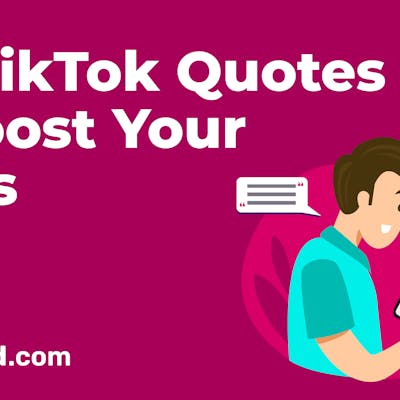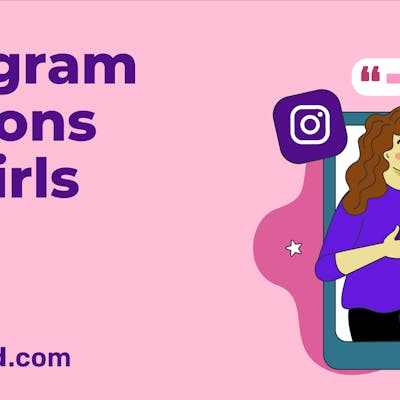Mastering different tones in writing is essential for effective communication. The tone you employ in your writing can shape how your message is received, evoke emotions, and engage readers. It’s a powerful tool that can bring your words to life.
In this comprehensive guide, we will explore the concept of tone and its significance in writing. We’ll delve into various types of tones that writers can utilize to convey their intended message and captivate their audience.
And to assist you on this journey, we’ll also highlight how Simplified, with its AI-powered writing assistance, can help you refine your tone and create impressive content.

What are writing tones?
Tones are extremely important. To put it simply, tone generally refers to how a writer employs a particular set of words in a particular way to communicate their non-verbal views about a particular subject. It enables a writer to present information with attitude, a unique point of view, and emotion.
The tone of a written piece adds an emotional dimension to it. Similar to how body language, facial expressions, and vocal inflections contribute to verbal communication, tone gives writing a unique voice. Choosing the right tone for the intended audience is crucial in achieving effective written communication.
15 Types of Tones You Can Start Using Now

The overall tone of your piece must be consistent to avoid confusing your reader and undermining your message. Although there is an infinite number of tones you can use in your writing, these are the 15 most popular –
1. Formal
Academic writing and business writing both use formal writing. It is written in a formal, direct tone without any contractions. This tone is direct and devoid of flowery language or everyday expressions.
Formal tone examples:
- Sincerely,
- The managerial team will not address this further.
- The data indicates…
- To Whom It May Concern
Bonus: Write in a Formal Tone with the AI Writer
2. Informal
An informal tone is the exact opposite of the formal one. This writing conveys emotion and is conversational. It sounds like the straightforward conversation you would have with a friend, complete with emotional words, contractions, and slang.
Informal tone examples:
- How’re you doing?
- We’ve got to get together soon.
- She’s coming over after lunch.
Bonus: Write in an Informal Tone with the AI Writer
3. Optimistic

An optimistic tone is a positive writing style that inspires hope in the reader. This kind of upbeat writing is encouraging and motivating. With this tone, the author expresses his optimism that things will work out in the end.
Optimistic tone examples:
- It’ll be alright.
- She’ll be fine.
- He reassured his friend about his care.
4. Worried
Writers can utilize worried writing tones to evoke unease in the reader. This tone can frequently be found in news headlines and articles that are meant to arouse fear in readers about the topic at issue. This is also popularly used in novel writing.
Worried tone examples:
- She was stressed.
- He rocked back and forth, his eyes darting toward the window.
- She reached tentatively for the package, not sure what to think.
5. Assertive

Authoritative writers frequently adopt assertive writing tones in their writing. Both academic writing and business writing frequently use this. It demonstrates the author’s assurance and confidence.
Assertive tone examples:
- He was resolute in his decision.
- I am confident we can reach a positive conclusion.
- Pay attention to the details.
Bonus: Quillbot Vs. Grammarly: Which Is The Better AI Writer?
6. Encouraging
Writing with an encouraging tone aims to inspire and reassure the reader. Through this tone, the reader is motivated to face their anxieties and take action.
Encouraging tone examples:
- Let’s encourage each other toward success.
- Take a deep breath because you’ve got this!
- Mom always told me to just jump in with both feet.
7. Friendly

In writing, a friendly tone adopts a non-threatening stance. When you want to earn your readers’ trust, this tone is effective. It will be considerate, humorous, and energetic.
Friendly tone examples:
- She waved at her son from the audience to cheer him on.
- Happy reading!
- She is such a sweet girl.
8. Curious
Curious writing addresses concepts the author and reader still wish to learn more about. It makes you want to find out more.
Curious tone examples:
- The mystery remained unsolved for years.
- She wondered who might have sent it.
- Her curiosity got the best of her.
9. Cooperative

The reader is drawn into the text with a cooperative tone. Words such as “we” and “us” are used frequently to imply a sense of working together. Cooperative writing frequently appears in a piece that aims to involve the reader.
Cooperative tone examples:
- Let me know your thoughts on this topic.
- We’ll meet up next week to discuss further.
- Let’s take a collaborative approach to the problem.
10. Humorous
Using a humorous tone in your writing can entertain and engage readers. This tone relies on jokes, wit, and clever wordplay to create a lighthearted and amusing atmosphere.
Humorous tone examples:
- Why don’t scientists trust atoms? Because they make up everything!
- I told my wife she should embrace her mistakes. She gave me a hug.
- The cat ate the math homework because it was too purrplexing!
Bonus: The 10 Best Free AI Writing Generators & AI Writing Assistants
11. Neutral

A neutral tone is factual in nature and conceals the author’s emotions. Although it may employ colloquial pronouns and contractions, it is truthful and direct.
Neutral tone examples:
- The old man waited for his bus.
- The family was invited to the picnic but didn’t choose to go.
- I will be able to attend the party.
12. Sarcastic
Sarcasm adds a touch of irony and mockery to your writing. It involves saying one thing but meaning the opposite, often to express criticism or disdain in a humorous way.
Sarcastic tone examples:
- Oh, great. Another meeting to discuss the agenda for our previous meeting.
- I love how everyone is an expert on parenting until they have kids.
- Sure, let’s all just pretend that work-life balance is a real thing.
13. Inspirational

An inspirational tone aims to uplift and motivate readers. It uses powerful language and heartfelt messages to encourage personal growth, resilience, and positive change.
Inspirational tone examples:
- Believe in yourself, and you will be unstoppable.
- You have the strength to overcome any obstacle that comes your way.
- Every great accomplishment starts with the decision to try.
14. Melancholic
A melancholic tone creates a sense of sadness, longing, or nostalgia in your writing. It can evoke deep emotions and connect with readers on a more introspective level.
Melancholic tone examples:
- The rain fell softly, echoing the tears in her heart.
- He gazed at the old photograph, memories flooding back like a tidal wave.
- The sunsets reminded her of a time when everything felt simpler and full of wonder.
15. Authoritative

An authoritative tone establishes the writer as an expert or credible source of information. It conveys confidence, knowledge, and expertise, often used in persuasive or educational writing.
Authoritative tone examples:
- Based on extensive research, it is clear that…
- As a leading authority in the field, I can confidently say that…
- The evidence overwhelmingly supports the theory that…
By incorporating these additional tones into your writing, you can expand your range and effectively communicate with different audiences. Remember, choosing the right tone is crucial for conveying your message and engaging readers. With practice and the help of writing tools like Simplified, you can master the art of using different tones to create impactful content.
Bonus: How to Make Money as a Ghostwriter
How Simplified Helps You Write Better

Simplified is an invaluable tool for writers seeking to master different tones in their writing. With its AI-powered writing assistance, it offers a range of resources and tools designed to help writers craft content with their desired tone.
By analyzing the context, style, and target audience, Simplified provides real-time suggestions, corrections, and feedback to refine the tone and ensure it aligns with the intended message. Whether writers aim for a formal, informal, optimistic, worried, or any other tone, Simplified’s personalized recommendations help enhance writing skills and create compelling content.
With Simplified, you can confidently navigate the intricacies of tone, ensuring your writing resonates with readers and effectively communicates its message.
Enhance your writing skills and effectively wield the power of tone.

![8 AI Translation Software You Need To Try In 2024 [Free & Paid] 8 AI Translation Software You Need To Try In 2024 [Free & Paid]](https://siteimages.simplified.com/blog/AI-Translation-Software-To-Try-01.png?auto=compress&fit=crop&fm=png&h=400&w=400)

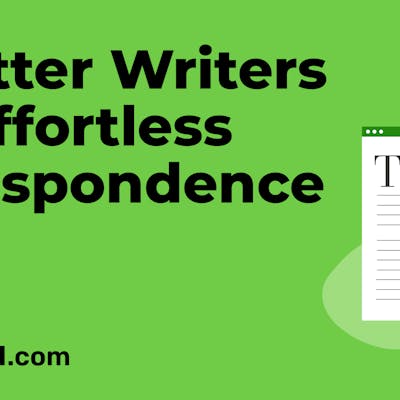

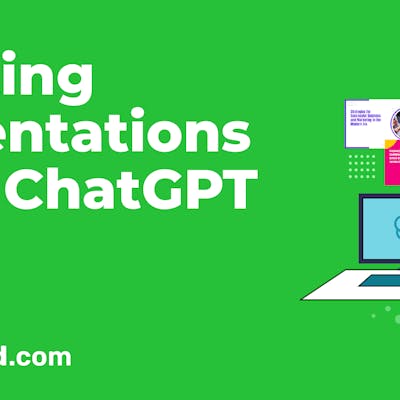



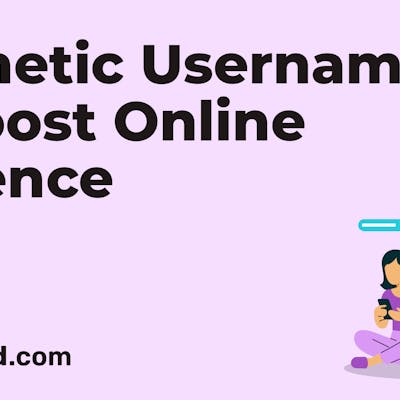
![200+ Book Name Ideas for Your Next Masterpiece [2024] 200+ Book Name Ideas for Your Next Masterpiece [2024]](https://siteimages.simplified.com/blog/Awesome-Book-Name-Ideas-01.png?auto=compress&fit=crop&fm=png&h=400&w=400)
![Bard vs. ChatGPT: Exploring the Unique Abilities [2024] Bard vs. ChatGPT: Exploring the Unique Abilities [2024]](https://siteimages.simplified.com/blog/Bard-Vs-ChatGPT-Your-AI-Ally-02.png?auto=compress&fit=crop&fm=png&h=400&w=400)

